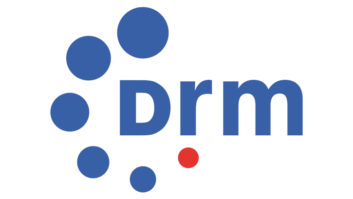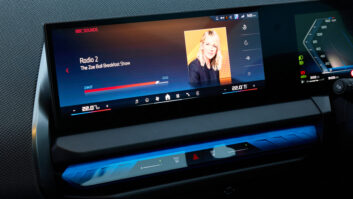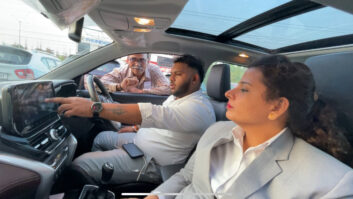The author is chairman of the Digital Radio Mondiale consortium. Her commentaries appear regularly at radioworld.com.
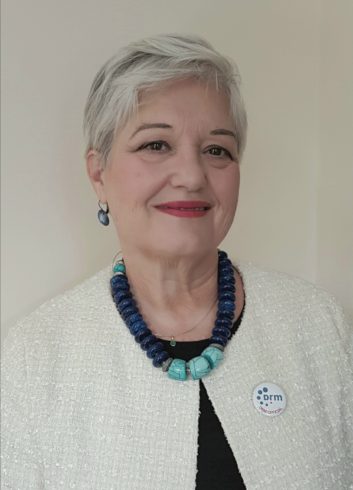
The public broadcaster All India Radio (AIR) embraced radio digitization after 2010 delivering the largest radio digitization roll-out in the world. With just 39 powerful DRM transmitters (mainly mediumwave and shortwave) installed and operational, AIR can already cover a large part of the subcontinent and an estimated 900 million people with digital DRM signals.
Despite its staider programs, AIR is truly the one and only platform reaching all the corners of India and almost 100 percent of its population with news, Bollywood music, and more.
Speedy digitization decisions
The organization realized that the DRM all-band standard is the only option for bringing the large AIR AM infrastructure into the 21st century. DRM means additional digital radio services with reduced energy costs (40 to 80 percent for AM and up to 90 percent for FM). Pretty early on, it was recognized that the additional services can generate new revenue streams without compromising the existing content offer.
The creation by AIR of a more varied program content offer could maintain the interest of the listeners wooed by the nimbler news-free but music- and gossip-rich private FM stations prevalent in the big- and medium-size metros and cities (no more than about 60 percent of the total Indian listenership).
The better DRM content and active promotion of the technology can spur Indian listeners to buy digital receivers. Their increasing demand for receivers can then drive the industry to produce many such devices at decreasing prices as the volume goes up.
The primordial place held by radio in India, coupled with the rise of a stronger middle-class avid for new things like cars, delivered an interesting reality, despite the disruption of Covid-19.
Quick adoption in cars
With about five years of sustained sales, today there are more than 4.2 million cars on Indian roads equipped with DRM receivers as a standard feature. The Indian automotive market has achieved the fastest digital radio adoption, with 28 percent of new cars on the road currently equipped with a DRM digital radio receiver.
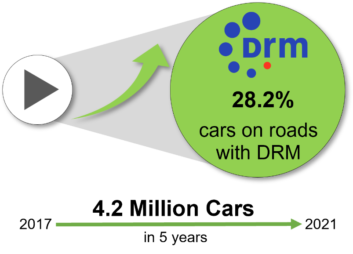
The automobile market enjoys the second highest share in the radio receiver market (after mobile phones and five-times greater than for standalone receivers). This achievement was recorded with most of AIR’s transmissions operating in digital-analog simulcast mode, but with the pure DRM transmissions slowly gaining ground. The figure of 28 percent within this short time frame after launching digital radio services is unparalleled in the world. The market share is similar with what has been achieved by DAB+ and, in the U.S., HD Radio over the past 20 years and with proportionally much greater investment from commercial companies.
A whole domestic automotive eco-system and digital radio lab incubation lab was developed around DRM by chipset manufacturers such as NXP, top receiver manufacturers and automakers, including Maruti Suzuki (the most popular brand in India), Hyundai, Toyota, MG Motor, Mercedes-Benz and others. These efforts have been supported by other major global companies, including NXP, RF2digital, Harman/Samsung, Visteon, LG Electronics, Hyundai Mobis, Fraunhofer IIS, StarWaves, Gospell, Inntot, CML Microcircuits, Ittiam Systems and Dolby, as well as organizations like the not-for-profit international DRM Consortium.
These companies have invested millions of dollars in developing and building DRM-related technology and know-how in and for India that can also be applied by the global automotive industry.
Digital FM decision
This development has run in parallel with the continuous examination of the next phase of Indian radio digitization — the FM band. While the AM sector is dominated by AIR, the FM band is shared between the public broadcaster and the many active FM stations that have brought listeners back to radio over the past 20 years. This has also created much more interest in the future digital FM radio decision.
The Telecom Regulatory Authority of India (TRAI), the Indian broadcasting regulator, has recommended the in-band FM digitization with only two possible candidates — DRM and HD Radio. Private broadcasters are largely supportive of the process, but are looking for additional guarantees from the government before they must digitize.
[Read More Guest Commentaries Here]
The public broadcaster has been asked to check, advise and decide. A “beauty contest” between DRM and HD Radio was organized last year and this year and the technical results are being examined and, according to some sources, being aligned with various criteria.
DRM on AM already works and is easy to extend to the FM band, as the VHF bands are part of the same DRM standard. DRM in FM was demonstrated successfully in cars in New Delhi and Jaipur in March. DRM seems the natural choice, as deviating from the all-band, open standard or even mixing two diverse digital standards to please everyone, brings with it heavy costs, significant time delays, a waste of money and energy, and confusion for both manufacturers and listeners.
DRM in the FM band – the next step?
The DRM standard allows for the FM digitization with minimal investment. It is compatible with the existing Indian Common Transmitter Infrastructure (CTI) of India and does not affect the ongoing analog FM services during the transition period. Adopting DRM for local FM services gives India stability and certainty, resulting in a continued strong growth of DRM receiver availability as a default feature in Indian cars. Today every automotive company and manufacturer of DRM receivers has a solution to support DRM in all frequency bands, including digital FM. Most of the serious investment in R&D and testing is complete, and there is a single IP royalty for DRM receivers irrespective of the supported bands.
The Indian automotive industry has clearly expressed an interest in having the single DRM standard extended to all broadcast bands, as this can be done with minimum development, testing and cost, without any hardware modifications (software upgrades can be used).
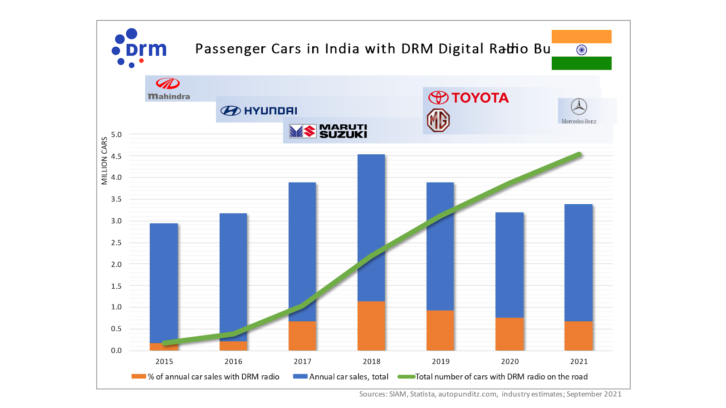
The DRM India Automotive Group encourage the Indian government to mandate future cars to be equipped with DRM digital radio functionality including support for Emergency Warning Functionality (EWF) as a default feature, in line with what has been legislated in other parts of the world.
But getting the all-band receiver in the car, at no extra cost, is often just the beginning. Getting some very attractive content, whether it comes from public or commercial stations, or both, is the next requirement.
In-car digital radio — More gas, please
According to recent studies, radio is the primary entertainment source in cars for motorists, and they want it to remain free. The radio tuner, not the browser, is what people want to have easy access to, for now.
The availability of a car radio seems to be an important consideration for car buyers, although car manufacturers and distributors devote it little space to it in their brochures and training program.
Recently, DRM supporters launched a DRM awareness program, supported by AIR, targeting automobile showrooms, managers and dealers across India. All participants, whether in the showroom or on the road, were delighted with the DRM sound quality, lack of interference, variety of services, ease of switching from analog to digital and other services delivered through Journaline.
This grassroots initiative is commendable, but it is not enough. The various stakeholders need to work together to bring the desired content with metadata and extra information in the car without interference (a challenge to be solved for the electric vehicles), and, maybe, with voice control for station or program selection.
Educating the car manufacturers, distributors, advertisers and even broadcasters, on how best to use digital radio is a complex task. And to quote Deborah Wahl, General Motors Global chief marketing officer, who said in a recent interview: “There is also the need to tie outcomes — visits to a showroom, vehicle or service purchases to the radio media that is consumed.”
The mandatory introduction of digital radio in cars, a clear roll-out and communication plan and the meaningful outreach effort to the automotive industry is where the focus needs to be now.
Radio World invites industry-oriented commentaries and responses. Send to Radio World.
